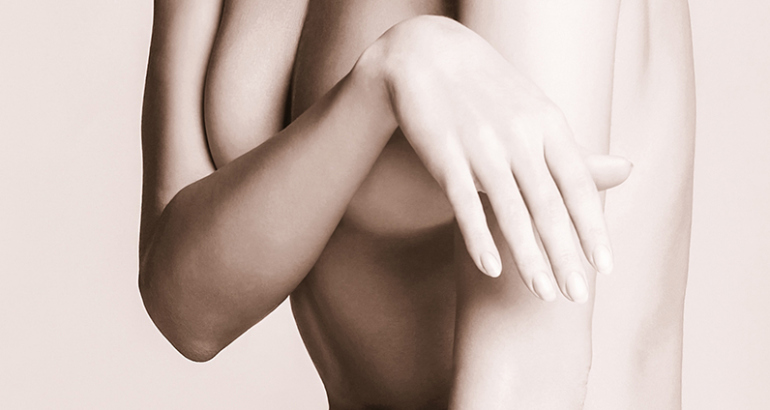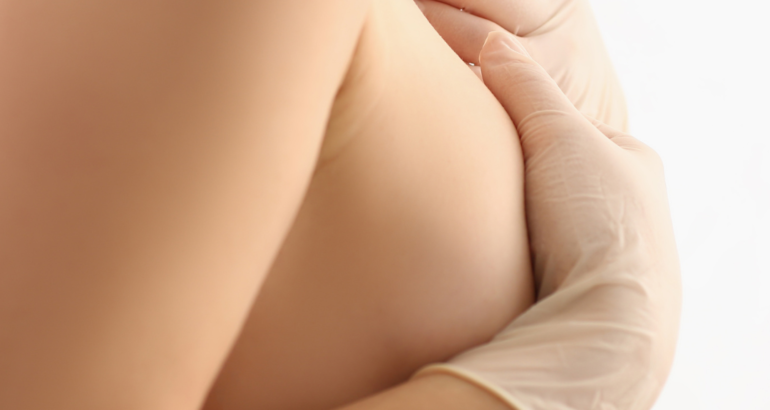Written by Facial and Breast Surgery Expert: Dr Nerina Wilkinson – MBChB (Stell), FCS Plast (SA)
Winter is the time when I love to bring out hot chocolate and all the other comfort foods. A warm bed also seems so much more enticing than an early morning gym class. This resulting “winter fat” has always been the enemy for many. However, we no longer need to have a negative relationship with this fat. Because FAT REALLY IS FABULOUS. Here’s why.
WHAT IS FAT GRAFTING?
Lipofilling (also known as fat grafting) is the name of an innovative procedure that uses our unwanted fatty bits to rejuvenate both the face and body. We probably never thought that plastic surgeons worldwide would be advocating the advantages of fat in facial rejuvenation. Who would have thought that we would be singing the praises of our “love handles” as we age?
Over the years fillers have most commonly been used to fill the deep lines in the face. Today, however many patients and surgeons prefer to use their own fat to fill those unwanted wrinkles. This procedure is called Lipofilling (also known as a fat transplant or fat grafting).
HOW DOES A FAT TRANSPLANT WORK?
Fat is removed from a part of your body that has abundant unwanted fat deposits. This fat is then purified through a specific technique and then injected back into the face or body that needs improved contouring. Fat injections can create fullness; while lifting the general structure.
The goal is, therefore, to give fullness to the face, lips, breasts buttocks, or hands achieving a more youthful state. In addition to adding volume, fat is extremely rich in stem cells, which are reinjected with the fat. Stem cells are known as “ the fountain of youth” and help to stimulate many other cells in the body to improve their functions.
HOW DOES FAT GRAFTING DIFFER FROM FILLERS?
Autogenous fat grafting has many advantages over synthetic fillers in that:
1) It provides long-lasting results: studies indicate that fat survives and therefore gives lasting facial rejuvenation. Fat grafting stimulates tissues in the face to regenerate and thereby further
improve the results.
2) It is cost-effective: It is more financially advantageous to use your own fat because a larger volume can be obtained for injections. Most synthetic fillers come in 0,8 to 1cc syringes. Therefore deep
lines can require multiple syringes at a vast cost and the treatment only lasts 1-2 years.
3) It produces no immune response and side effects: It is therefore safe. Fat transfer, however, is a much more complicated process than synthetic fillers as the fat need to be harvested in theatre and the recovery period is longer than fillers.
HOW IS A FAT TRANSFER PROCEDURE PERFORMED?
The fat is harvested in the theatre under local anaesthetic or sedation. The harvesting area is chosen (usually the knee or inner thigh). When larger volumes are required for breast and buttock augmentation then the abdomen and flanks are good donor areas. The procedure is a form of liposculpting where the shape of the body is changed by removing fat from one area and sculpting/ augmenting another area.
The fat is harvested using a small blunt cannula. The fat is then cleaned and centrifuged. The area requiring rejuvenation is anaesthetized and the fat is precisely injected into the area. The amount injected into each area is always more than required, as the body will reabsorb 40-50%.
Sometimes additional fat can be stored in the freezer for potential future sessions. The procedure can take from 1-6 hours depending on the areas requiring grafting.
HOW LONG IS THE FAT TRANSFER HEALING PROCESS?
Patients are discharged on the same day as the surgery on painkillers and antibiotics. A compression bandage is worn on the harvested area for a week to decrease swelling and bruising. Results will be visible immediately however extensive swelling and bruising can be expected for 1-2 weeks.
The final results after some of the fat have been reabsorbed will be apparent by 6-12 weeks. The skin starts to look more refreshed.
DO FAT INJECTIONS WORK?
When properly done, a large % of the injected cells do survive and are permanent. Since not all the cells survive, I tend to “overcorrect” or inject more fat than needed, knowing that after a few weeks, the results will be less than the initial postoperative phase. If I inject less, the patient may be happy with the initial results, but disappear over time as the results “disappear”.
Most patients, however, need around 2-3 sessions.
FAT TRANSFER SIDE EFFECTS
Bruising and swelling: this could be prolonged for 3-4 weeks Lumps and bumps are possible: patients may require secondary procedures to improve these irregularities.
There is no fear of allergic reactions as the procedure uses the patient’s own tissues. If you put on weight then the injected area can become enlarged.
WHAT AREAS WOULD BENEFIT FROM A FAT TRANSFER?
FACIAL FAT TRANSFER
Over recent years surgeons have come to appreciate that rather than tightening skin, adding soft tissue volume will make the face look younger. The modern Facelift always includes some form of fat grafting or lipofilling. If a patient wants to recover a more youthful appearance the surgeon views old photographs of the patient to help asses what appearance they aspire to regain. The aim is to make a patient look younger/ refreshed and not different!
If patients hope to improve or augment facial features from their natural states, then photos of others that they find have attractive features may be helpful. Facial ageing is due to skin wrinkling and volume loss. Because the majority of fat tissue loss occurs in the malar and zygomatic regions (i.e. cheek areas) these areas are often the primary target for fat transfer. The aim is to restore the youthful triangular shape of the face.
Other areas that see beautiful improvements with fat grafting are the temples, hollow eyelids, nasolabial folds, marionette lines, lips, frown area, and chin.
BREAST FAT GRAFTING
Prosthetic breast implants have been the golden standard for decades. The complication rate for breast augmentations is 10 %. Autogenous fat grafts offer several advantages over breast implants including decreased scarring and lack of complications associated with the implantation of foreign material.
Women who desire large, firm, or round breasts may not be an appropriate candidate for autogenous fat transplant as breast fat grafts result in a more natural-looking appearance. Similarly, fat grafts to the breasts are not a viable option for women lacking significant sources of donor fat for liposuction i.e. very thin, as the volume required is very high.
Breast fat grafting can realistically only achieve a natural, small 100cc volume breast augmentation. The effect would be similar to wearing a “push-up” bra.
HANDS FAT GRAFTING
As we age we tend to concentrate on facial rejuvenation. Hands, however, could be the give away of a person’s age. Lipofilling can soften bones, tendons, and veins in the ageing hand.
CONCLUSION
Lipofilling has huge benefits with very few downsides. Fat offers a great rejuvenating result, which is permanent yet totally natural. The future is definitely in fat that is rich in stem cells. With their unique ability to regenerate themselves and repair damaged tissue in the body. Because of this characteristic, the cells may also have the power to rejuvenate the skin’s tone and texture. Stem cells also enhance the survival rate of fat.
The future is definitely in fat and it is here to stay.
To see if a fat transfer procedure is the ideal solution for you, schedule your surgical consultation with us at capetown@drnwilkinson.co.za today.



